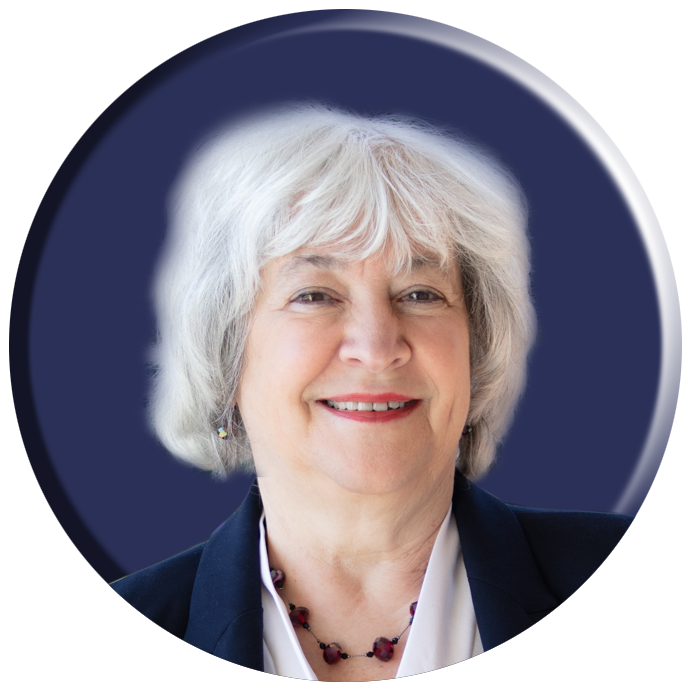“I Was Here” – A Universal Organizing Principle
- Judith Kolberg

- Mar 9, 2011
- 2 min read
Updated: May 5, 2021
I recently traveled to The Netherlands to address organizers from throughout the region. In Amsterdam, a city crisscrossed by small bridges over canals, I saw graffiti, in particular the ubiquitous “I was here” post written in Dutch. I’ve seen that graffiti expression in every city I have ever been in. One day I was organizing with Mary, a chronically disorganized retired teacher. Teachers have lots of excess stuff, especially older teachers who entered their careers before the internet was commonly utilized. Like many disorganized people, Mary has a lot of incomplete projects. She has kept a great deal of teaching materials now obsolete. She has saved student essays and writing projects, and hundreds of magazines about teachers. While we were rummaging through her stuff, I was reminded of that graffiti.
I believe that some people with lots of clutter find it difficult to discard because tossing it out undermines the sentiment “I was here.” I believe they are saying, “I was here. I became a teacher. I influenced all these kids. I did not finish everything I set out to do, but I had dreams.” I believe what looks like simple stacks of papers and piles of stuff to others, is actually the human need to be acknowledged, to say “I was here.” At the conference in The Netherlands, I presented this idea and it was received very well. Perhaps this is a universal organizing principle, that we keep stuff that is representative of our hopes and dreams, efforts and even failures out of a human need to chronicle being here.
If you are similar to Mary, someone whose disorganization is tied up with memories and the past with no room for the future, let this idea sink in. Realize that your clutter makes perfect sense as an attempt to be acknowledged. Then, when you are ready, I encourage you to find a way to honor your dreams and efforts and achievements without drowning yourself in the remnants of them. For instance, Mary and I gathered a few items from her teaching career: a photo of her students, her “best teacher” award, and a framed essay from a favorite student. We put them together on a pretty table with fresh flowers. Then we tossed out all the obsolete materials, and made room for the next chapter in her life. It was not easy. It took time. We had to stop now and then for Mary to process the emotional reactions she had to opening up not just boxes, but memories. She needed to tell stories and relive the past a bit. And retirement, the ending of a an entire career can be tough. But it was worth it. “I can move on now. I’m ready for the next chapter of my life”, Mary observed when we’d gotten things in better order.
You can find more organizing methods like this one that are compassionate and non-judgmental in Conquering Chronic Disorganization . And I look forward to hearing from you on what you might think about the relationship between universal needs and organization/disorganization.





Comments